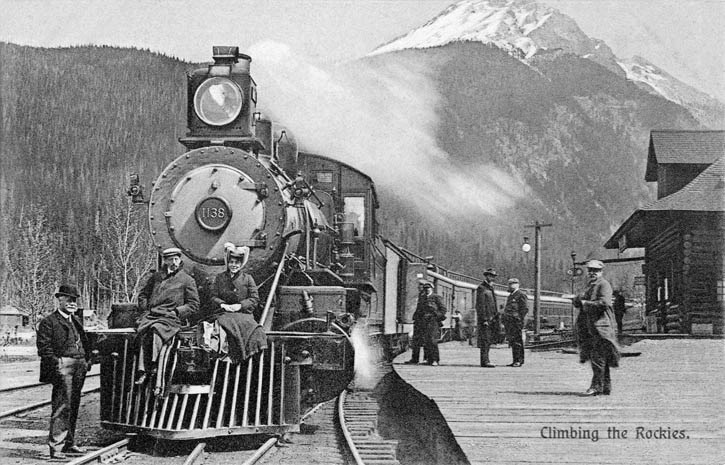The archives and library at the Whyte Museum of the Canadian Rockies is home to numerous treasures, many of which have never, or rarely, seen the light of day.
There are thousands of books, pamphlets, journal collections, maps and newspaper clippings along with tens of thousands of photographs.
And that’s not even what is held in the 670 fonds (collections).
All told, it’s a staggering number of items that would take a lifetime to explore.
But a new program, Voices from the Archives, a partnership between Parks Canada’s award-winning theatre troupe Mountain WIT and the Whyte Museum, is hoping to change that, at least to a small degree, by turning archival material into dramatic readings.
“When we approached the Whyte Museum with the idea,” said Mountain WIT’s Laurie Schwartz, “we wanted to build more of a relationship with them. There’s so much richness in the archives. Some of it sits on the shelf and doesn’t get accessed very often. We wanted to bring to light some of these great Rocky Mountain stories.”
The first of three hour-long dramatic readings will be held at the Whyte Museum Thursday (Sept. 16), featuring stories from the Canadian Pacific Railway based on the 1891 travelogue – By Track and Trail: A Journey Through Canada – written by English tourist Edward Roper.
“(Roper) took a train journey across Western Canada and wrote a diary along the way and turned that into a book,” said Schwartz, who will present the story along with Mountain WIT members David Thomson and Steve Jarand.
“They have an original copy of this book in the Whyte Museum archives, so we’ve been able to access the materials in that book and turn it into an evening of tales from a railway journey across Canada on the CPR,” she said.
The reading will focus on the Rockies, Schwartz added.
Schwartz is no stranger to turning the Whyte Museum archives into dramatic gold. She did that to great success with plays she wrote, produced and presented about Alpine Club of Canada co-founder Elizabeth Parker and mountaineer Conrad Kain, the first to reach the summit of Mount Robson.
“That’s what inspired me to approach the Whyte Museum with this project. I spent a lot of hours in the archives researching for the Elizabeth Parker play and also the Conrad Kain play and I thought there is so much here that doesn’t get to see the light of day and we thought it would fascinating for us. It’s a source of material that is incredibly rich for us as dramatic presenters and obviously it helps the Whyte Museum to have this material dramatized and be able to be presented,” she said.
The second dramatic reading, Peter and Catharine Whyte’s Romance – is scheduled for Oct. 10, followed by In Remembrance, The Great War on Nov. 14.
When Schwartz spends time in the Whyte archives, she said gems that turn up often surprise her.
This time around, one of the gems Schwartz found came from an illustrated magazine called Dominion Illustrated from the early 1890s. It stands out as an intriguing find for an article on the Cave and Basin that in part lists the bathing hours for men and women.
“It tells the soaking hours for ladies and gentlemen between the cave and the basin, because they had to rotate. They weren’t allowed to bath together. That won’t make it into the first reading because… we’re sticking to entirely the context of the Edward Roper book. He’s a very entertaining writer,” she said.
The Cave and Basin article in the Dominion Illustrated is just one example, however, that highlights the gems that can be found in the archives for researchers willing to spend time exploring the documents and photographs.
“There’s years of stuff in there, a lifetime!” Schwartz said, laughing. “You’ll never get through it all, but it’s a wonderful opportunity to expose this stuff to those who are interested in local history.”
Schwartz said she hopes that the Voices from the Archives program continues after the first three presentations, especially as the archives offer a vast amount of rich material to tell Rocky Mountain stories.
Each presentation will also include photographs and audio from the era.
Admission for Voices from the Archives is by donation.




